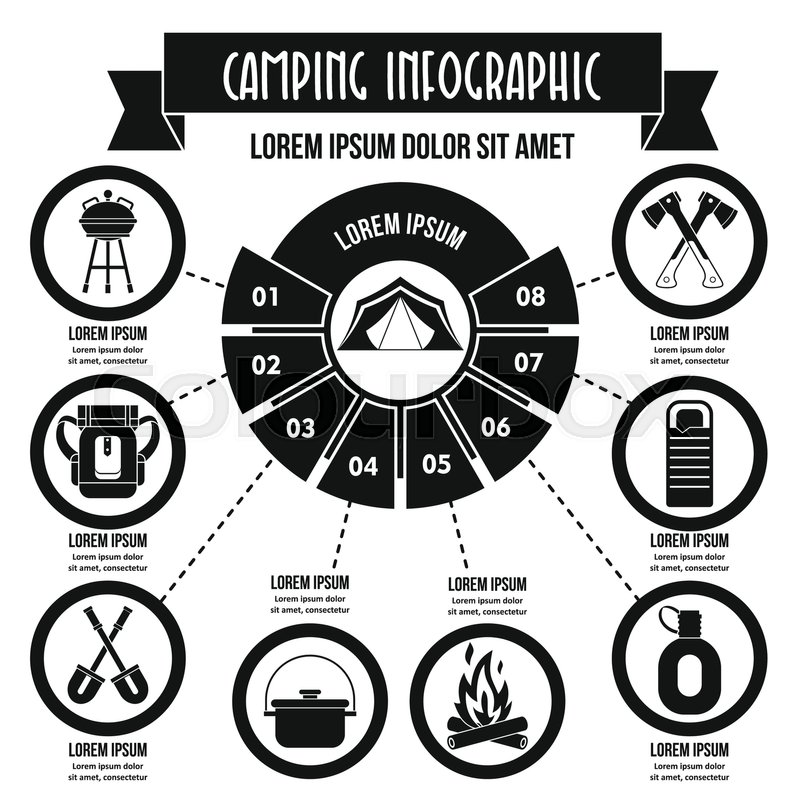If you're thinking of tackling the challenge of winter season camping, you need the appropriate equipment to stay warm and comfortable. In addition to top quality four-season camping tents like canvas wall camping tents from Sheltent, there are a couple of various other points you can do to protect your camp.
Insulating your outdoor tents lowers rapid body heat loss and prevents hypothermia. Below are 7 reliable ways to do it:
Floor Insulation
The flooring of an outdoor tents can conveniently end up being chilly and uncomfortable, specifically in wintertime. You can shield on your own from this by laying a thick layer of protected foam or resting pads on the ground. These are extremely light-weight and take up really little space, so they can quickly be crammed in your camping bag.
Another good concept for a camping tent floor is to use reflective mylar sheets, which will certainly mirror body heat back inside the camping tent. Yet understand that these sheets do not quit your body from losing heat via direct contact with the freezing ground.
A tarpaulin also supplies a suitable level of insulation for the camping tent flooring. However, if you utilize one, make sure that it is not expanding past the edges of your camping tent to make sure that rain and snow do not swimming pool below your outdoor tents. Additionally, take care not to overseal your tent, as this can create too much humidity and condensation that can be difficult to handle.
Wall surface Insulation
When a tent is insulated, it's much easier for the owners to keep warmth. This assists with convenience, lowers the opportunity of cold air invasion, and protects against condensation and mold and mildew.
Tent insulation can assist an outdoor camping journey go efficiently by preserving a cozy setting for rest and activities. It also shields against rapid body heat loss, which causes pain and prospective health dangers, such as hypothermia.
An outdoor tents can be insulated by adding several different materials to it. A few of these are effective in lowering conductive warm transfer, and consist of fiberglass insulation and cellulose insulation.
Several of these approaches are extra practical than others, yet any can substantially increase the convenience of your outdoor camping experience. For instance, laying a synthetic rug on the flooring of your camping tent or using a home heating carpeting can be a very easy method to protect it against the cool ground. Conversely, you could use a sheathing and insulation panel (SIP) constructed from foam board and oriented strand board.
Roof covering Insulation
Purchase a four-season outdoor tents created to withstand snow, ice and freezing wind. They'll withstand heat transfer and keep cold air out much better than conventional tents.
Discover an area to pitch your camping tent where there are natural barriers to the wind, such as trees or bushes. Conversely, construct a windbreak wall surface using rocks and even snow, leaving air flow voids.
Utilize a reflective lining in your camping tent to show the sunlight's rays away from the tent, minimizing the amount of warmth it absorbs. This easy technique will make a significant distinction in your tent's convenience.
Take into consideration a variety of insulation materials, from affordable blanket insulation to foam spray and SIPs. Each has its very own benefits, but elements like budget plan restraints, simplicity of installment, and dampness resistance should all be weighed very carefully. Insulation service providers can help you evaluate your choices canvas satchel and select the most effective suitable for your project.
Footprint
The flooring of your camping tent can obtain cool and wet, so shielding it is necessary. There are a variety of ways to do this, consisting of making use of tent footprints and heating mats. Impacts are crucial outdoor camping devices that secure the flooring of your camping tent from wetness damage and abrasion, considerably extending its lifespan and improving your overall camping experience.
Tent impacts vary from ground tarpaulins because they're particularly customized to a particular camping tent version, featuring add-on points or grommets that straighten with tent edges and risks for safe and secure attachment. They're likewise typically made from long lasting materials such as polyethylene (PE), nylon, silnylon, or Dyneema for resilient usage and maximum security.
When picking a tent footprint, pick one that closely matches your camping tent's measurements and is sized slightly smaller to stop water from merging underneath the outdoor tents when it rainfalls. When staking down your tent, tuck any type of excess impact material under the tent to avoid dampness from getting in through the space.
